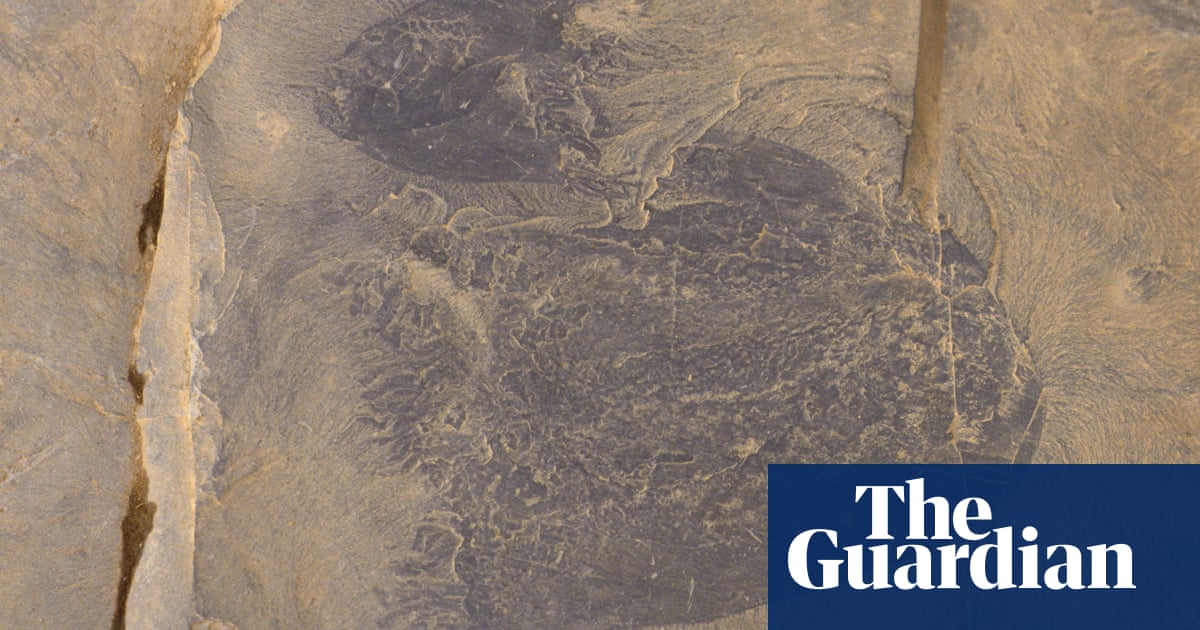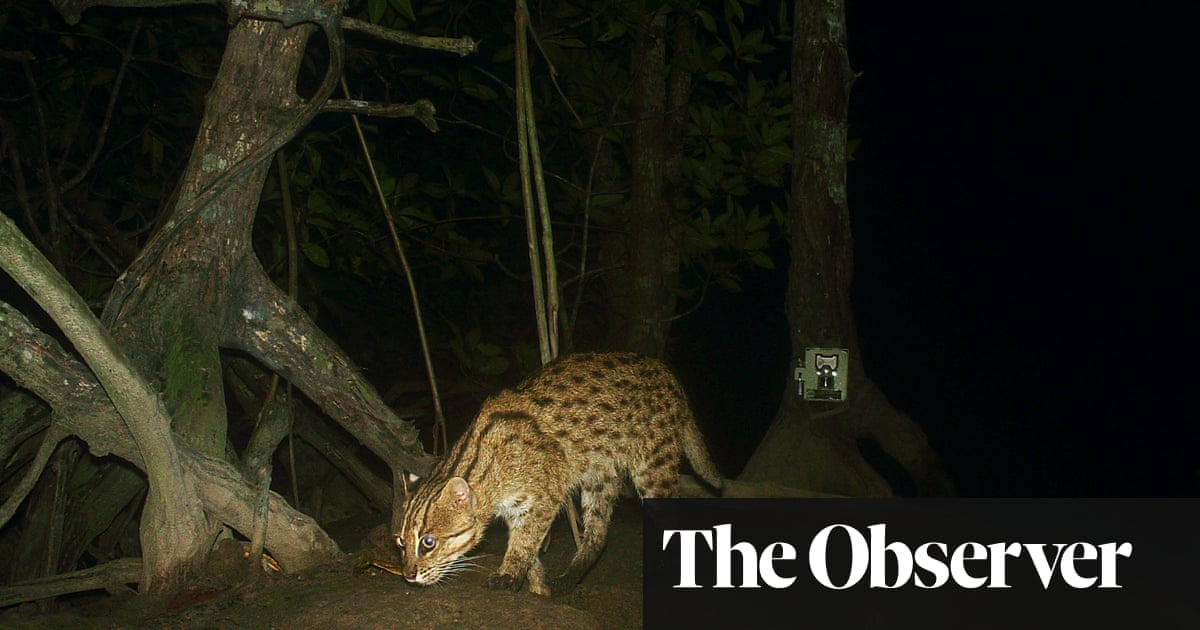
A new species of invasive flatworm has been discovered in the United States and has been found in several states in the south, according to a new paper.
The species, named Amaga pseudobama, was discovered by an international team of researchers and first spotted in 2020 in North Carolina. It is thought to be native to South America.
The researchers said the flatworm was brown and a few centimeters long.
Apart from North Carolina, the species is also present in Florida and Georgia and may have already invaded other states, the researchers said in a news release of the research paper on Tuesday.
This new species joins other invasive flatworm species discovered in the southern United States, including Platydemus manokwari.
Initially, the researchers believed that the flatworm belonged to the species Obama nungara, an invasive species native to Brazil and Argentina that has invaded much of Europe. However, after more analysis, the researchers found that this flatworm species was a completely different species.
Once the species was officially identified, researchers found that samples of the species had been collected in the past in North Carolina, Georgia and Florida in 2015.
The researchers say that citizen science observations suggest that the worm is probably present in other states, and therefore, it is likely that the flatworm “has already invaded a part of south-east USA and that the invasion took place more than ten years ago”.
According to North Carolina State University, terrestrial flatworms are flat, shiny and covered in a slime-like substance that helps them move. “Terrestrial flatworms are known to kill other invertebrates, especially other native worms, snails, and slugs,” according to the university, and thus “they have been considered damaging where they are introduced.”
In a news release on Tuesday, Matt Bertone, the co-author of a paper on the discovery and director of the plant disease and insect clinic at North Carolina State University, said the newly identified flatworm “has not been observed in the wild or native habitats, so we don’t know much about how it interacts with its environment”.
He said that the researchers can infer what they know about related species, he said, but they don’t know yet exactly what it preys on or how quickly it reproduces.
“Do they pose a risk to native worms and, by extension, native ecosystems? We have to study these species to find out,” he added. “And the first step in that process is clearly identifying a species and naming it.”












